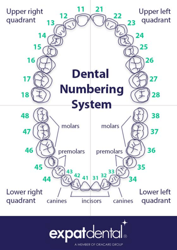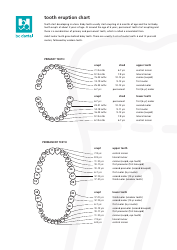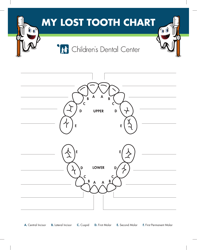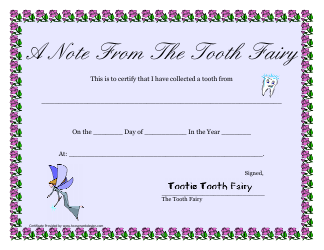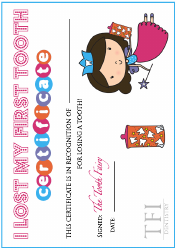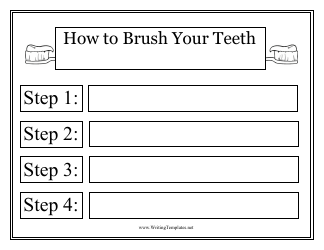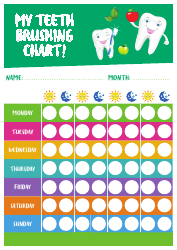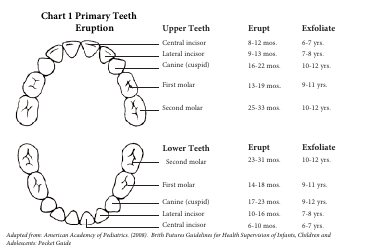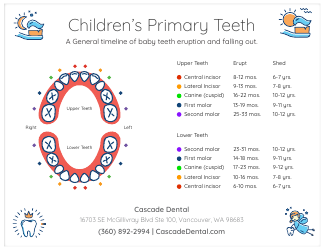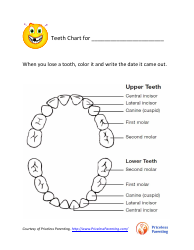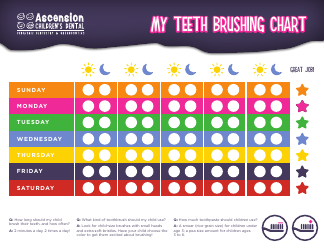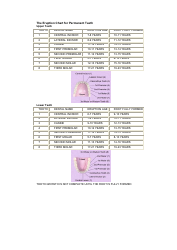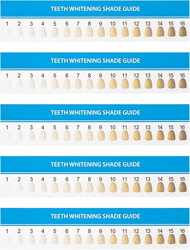Diagram of the Tooth Numbering System
The Diagram of the Tooth Numbering System is used by dentists to identify and specify the location of a specific tooth in the mouth. It helps in dental records, treatment planning, and communication between dental professionals.
The American Dental Association (ADA) files the diagram of the tooth numbering system.
FAQ
Q: What is the Tooth Numbering System?
A: The Tooth Numbering System is a way to identify and label each tooth in the mouth.
Q: How does the Tooth Numbering System work?
A: The Tooth Numbering System assigns a unique number or letter to each tooth, allowing for easy identification and communication.
Q: What are the different Tooth Numbering Systems?
A: There are two main Tooth Numbering Systems: the Universal Numbering System and the Palmer Notation System.
Q: What is the Universal Numbering System?
A: The Universal Numbering System assigns a number to each tooth, with the upper right third molar designated as tooth number 1 and the lower left third molar as tooth number 32.
Q: What is the Palmer Notation System?
A: The Palmer Notation System uses a two-digit number to designate each tooth, with the first digit indicating the quadrant and the second digit representing the tooth within that quadrant.
Q: How can I understand the Tooth Numbering System?
A: Consulting a dental professional or referring to a tooth anatomy diagram can help you understand the Tooth Numbering System.
Q: Why is the Tooth Numbering System important?
A: The Tooth Numbering System is important for accurate communication between dental professionals and for organizing dental records.


